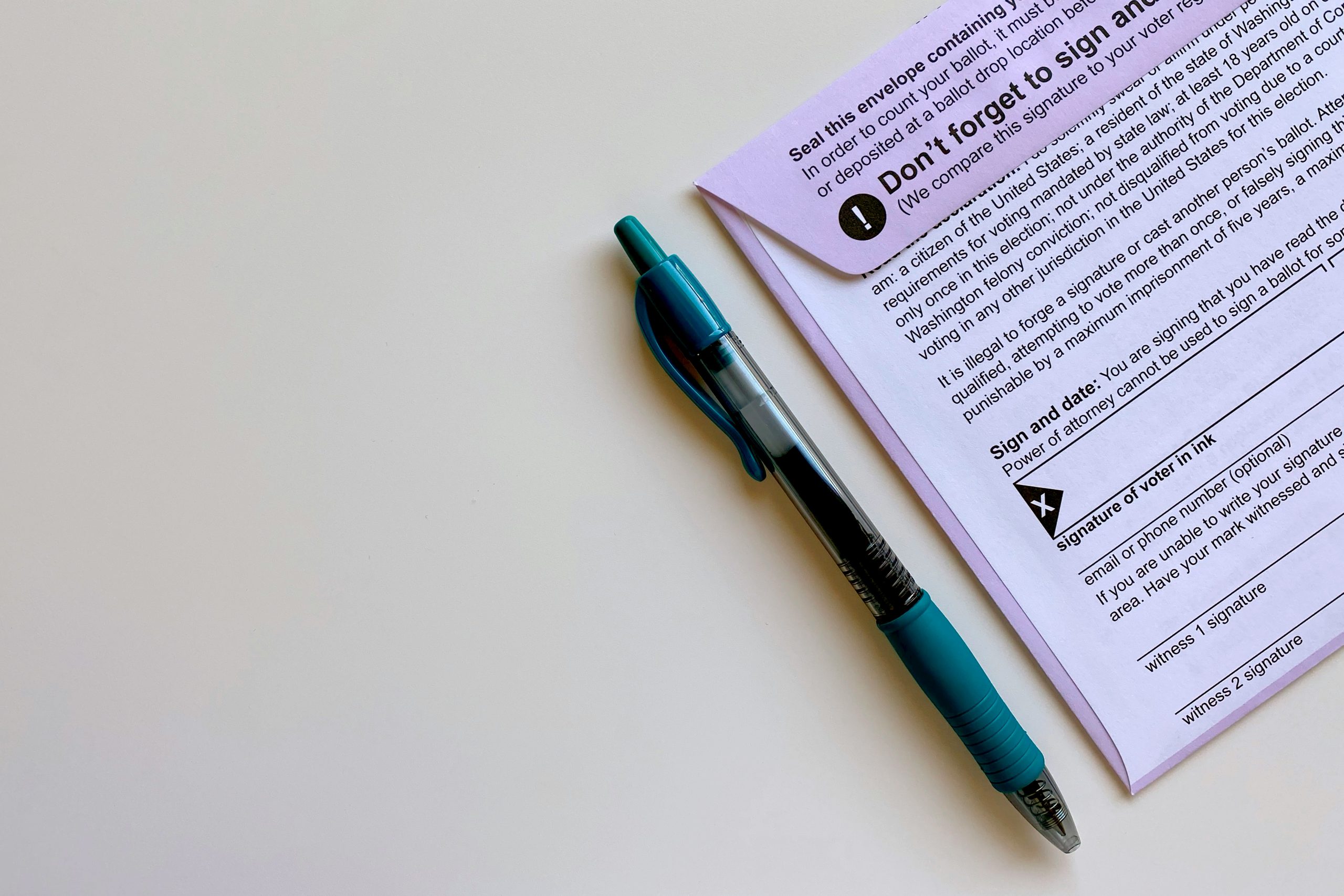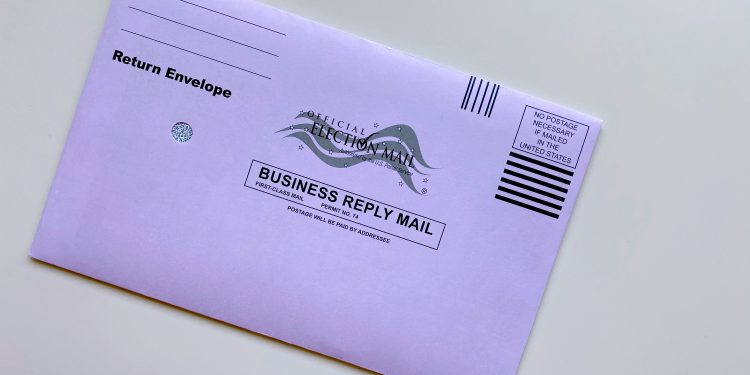President Donald Trump has vowed to eliminate mail-in voting and electronic voting machines before the 2026 midterm elections through executive action—a move that could reshape electoral outcomes and trigger immediate legal challenges.
Announced via social media, Trump’s plan would disproportionately impact Democratic voters, who historically use mail ballots more than Republicans. The proposal marks Trump’s latest effort to influence election rules following his calls for GOP-led states like Texas and Indiana to redraw congressional districts in the party’s favor.
Democratic Governors Association spokesperson Johanna Warshaw condemned the move as “a blatant attempt to silence voters,” promising state-level resistance. The threat exposes divisions within Republican ranks, as some GOP-led states like Florida have actively promoted mail voting.
Ironically, Trump himself utilized mail ballots in past elections and encouraged supporters to do so in 2024. Election experts note the contradiction between Trump’s fraud claims and actual evidence—with studies showing voter fraud occurs in just 0.00006% of cases nationally.

The November 2026 midterms will serve as the first nationwide referendum on Trump’s second-term policies, with Democrats aiming to break Republican control of both House and Senate chambers. Trump’s voting restrictions could dramatically alter turnout models—in 2024, nearly 30% of ballots were cast by mail according to the U.S.
Election Assistance Commission, down from pandemic-era highs but still significant. The proposal follows Trump’s controversial meeting with Russian President Vladimir Putin, where Trump claimed Putin supported ending mail voting.
Trump’s Longstanding Voting Machine Crusade
Trump’s assertion that states must comply because they act as federal “agents” in elections contradicts the decentralized U.S. voting system where all 50 states independently administer elections.
Currently 28 states permit no-excuse absentee voting, 8 states and D.C. conduct all-mail elections. The remaining states require valid excuses for mail ballots
This patchwork system guarantees court battles, as both parties have historically litigated mail voting procedures. Election officials warn that replacing machines with hand-counts would be prohibitively slow and error-prone—a 2023 MIT study found hand counts had 3x the error rate of machine tabulation.
Why It Matters
Trump’s latest push continues his years-long campaign against electronic voting systems, despite no evidence of widespread machine vulnerabilities. The rhetoric echoes his disproven claims about 2020’s “rigged” election—a narrative that persists among his base. Republican state legislators in key battlegrounds have already introduced 47 bills this year to restrict mail voting, signaling alignment with Trump’s agenda even as some GOP governors resist.
With Trump framing the issue as patriotic duty (“FOR THE GOOD OF OUR COUNTRY”) and opponents decrying voter suppression, the stage is set for a constitutional clash over states’ rights versus federal power in election administration—one that could ultimately reach the Supreme Court.











